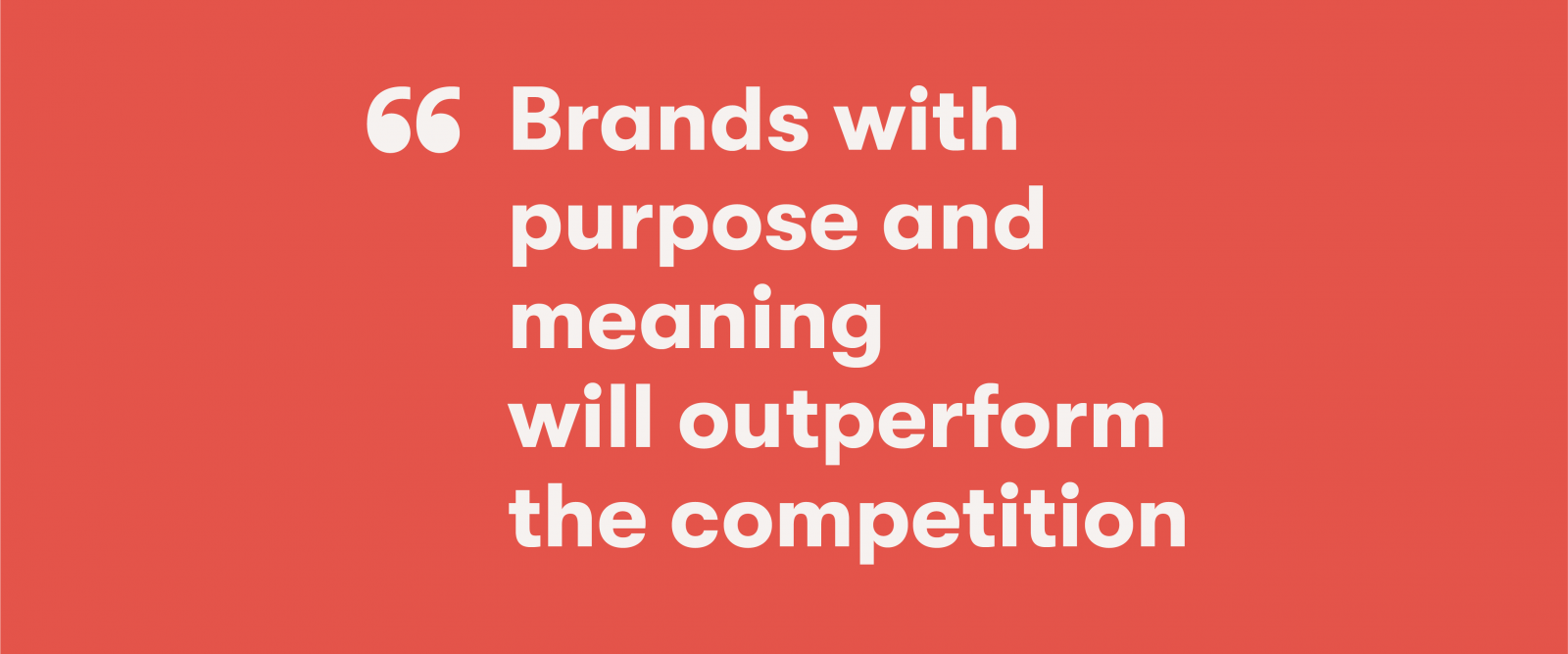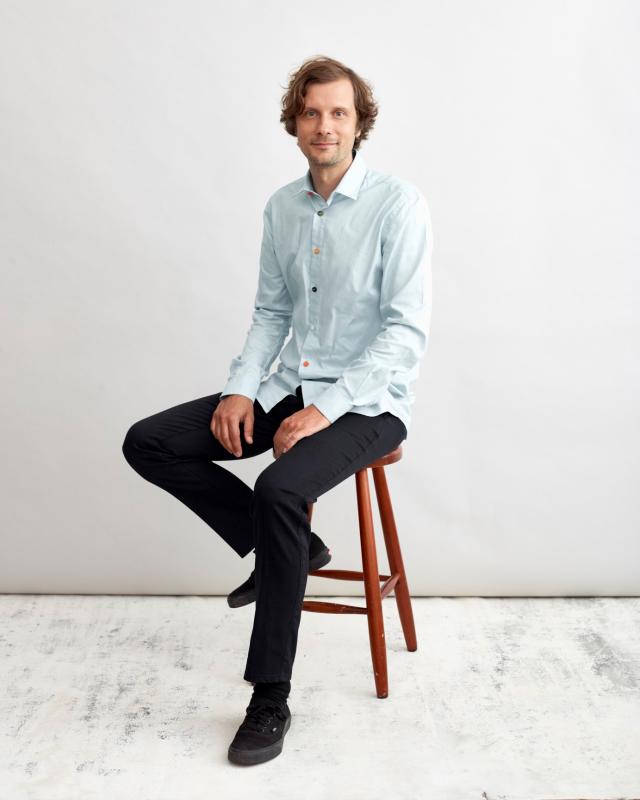In the previous blog post of this series, we laid the groundwork for the return on investment in design work. In this post, we dig deeper into visual design and identity and its value to any business.
First, let’s define what we mean when we talk about visual design and identity.
Visual design is what makes the brand, service or product stand out and helps the brand express emotion to its users. On a practical level, Visual design and identity deal with how the brand is presented visually and aesthetically through typography, imagery, balance, rhythm, contrast, and colours. The identity also includes the tone-of-voice – how the brand speaks to its users.
Visually, a brand is never only a logo, but a sum of different visual elements, creating an experience for the brand’s existing and potential customers. Great experiences create engagement. Engagement, in turn, creates great business.
The business drivers for visual design
You only have one chance to make a first impression, and so does your brand. Whether it’s a logo or a digital product, the potential customer will judge a business in just a few seconds based on visual appeal alone. You remember what Nike’s Swoosh looks like, and you can easily link it to the brand. You recognize Pepsi’s round logo. You most likely recognize a bunch of others too, even without a brand name next to the definitive visual element. High-quality graphic design gives businesses credibility - and that’s priceless.
So what is it that makes these brands stand out? Having a good product and good customer service certainly helps, but beyond that is a good and well-designed visual design and identity. Through time, the trust and awareness created by a strong brand will translate into better customer loyalty. In order to stand out from the crowd, companies need stronger visual design capabilities than ever before.
Memorability and recognizability: Distinctive brands with purpose and meaning stand out from the rest
For whatever product or service your business revolves around, chances are there are many other companies doing exactly what you do, perhaps with the same price tags and similar solutions. A strong visual concept can set you apart from your competition. In fact, it may be the deciding factor when it comes to whether or not your potential customers are going to purchase your product or the competitor’s.
”Great experiences create engagement. Engagement creates great business.”
Our philosophy is to design with purpose and to always have a meaning that connects everything in the design. This is what really distinguishes a great design from the crowd.
That means choosing fonts or colours carefully with intent and investing time in designing how every detail follows a core concept. It means finding out what key things we want to communicate to the consumer when they first lay eyes on your business’ product, website or brand, and then creating a design that reflects this. This is what helps the brand become recognizable and memorable.
Consistency in the design symbolizes professionalism. Professionalism symbolizes trustworthiness. What’s more, a properly thought-out design will last for ages.
On a practical level, design techniques like the selective use of colour can trigger the memory and keep the brand fresh. Just picking the right colour can add meaning, intention and a tone. The key thing is to understand very well who it is we're designing for.
Usability and accessibility: Aesthetics and beauty are part of the solution
Designing may involve a great amount of aesthetic, but first and foremost, the goal is to solve a problem. The aim of visual design is to make a complicated service look simple using meaningful clusters, providing visual hierarchy and generating a spacing that feels airy. Colours, buttons, fonts and placements are all in sync. As users, we intuitively use such services like we’ve used them all our lives. Great design engages. It’s something that users shouldn’t even notice when using the service.
An effortless visual design is like a translator. It takes the complex ‘language’ of data, information, software capabilities etc. and translates it into an entry-level, easily understandable format that many more people will understand.
Quality design stands the test of time
When businesses don’t take visual design seriously in the beginning, they will more than likely go through a design overhaul eventually - in some cases, more than once. However, high-quality visual design has longevity. Paying for great visual design one time is no more expensive than paying for subpar design multiple times. Not to mention that redesigning a business’ image over and over is not only a waste of time - it can be destructive to the brand.
When should one invest in visual design, then?
Visual design can be a game-changer. Yet professional design work is notoriously undervalued in small businesses. If there’s one thing that all small businesses and start-ups have in common, it’s that they all have competitors. To set themselves apart, they generally have a handful of differentiators, including pricing, quality, customer service, or something else entirely. Strong visual design can significantly help a small business stand out.
A well-thought-out visual design can make all the difference to companies big and small: it gives a competitive edge, drives powerful marketing results and enables the brand to stand out.
In short, if you’ve been second-guessing the value of design for your business – don’t.
The writer is a Visual & UI Designer and a partner at Sangre.







